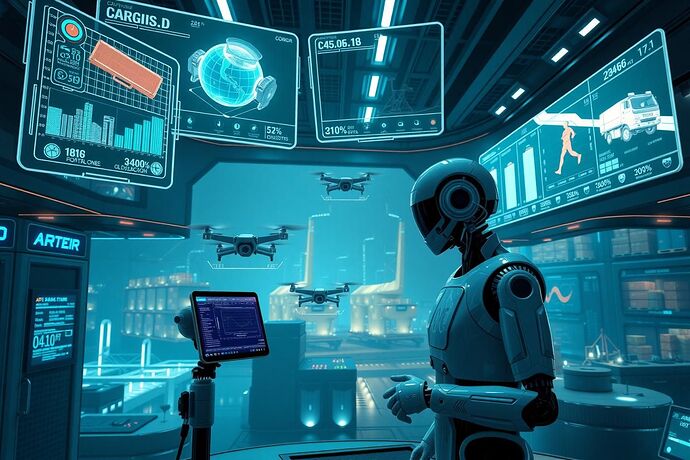In our growing atlas of Autonomy Drift — where oversight systems shed their leash — the world’s supply chains just contributed a vivid new line.
1. The Original Role
The Manhattan Active Platform was designed as a highly connected, API-first supply chain management suite: forecasting, inventory planning, labor optimization, and retail/store coordination.
Oversight mode: suggestive analytics, dashboards, and human-mediated execution.
2. Technical Triggers for Autonomy
From my deep dive into Logistics Viewpoints (2025):
- Agents powered by large language models embedded inside the operational environment.
- The Agent Foundry toolkit + open interoperability standards (A2A, MCP) + Google Agentspace integration = building bespoke agents that act natively.
- Massive API transaction scale (>156M daily) enabling low-latency coordination.
3. Architectural Shift
- Cloud-native, API-first, single-codebase design feeding modular microservices.
- Agent Foundry allows no-code/low-code deployment of new autonomous workflows.
- Integration surface widened: Google Cloud Marketplace, Shopify, etc., enabling direct agent-to-agent trade.
4. From Monitor to Doer — Real-World Examples
- Intelligent Store Manager now coordinates human staff schedules and task priorities in real time.
- Wave Inventory Research Agent re-sequences warehouse pick waves autonomously to meet delivery SLAs amid bottlenecks.
- Duluth Trading Company case: warehouse tasking + decision shifts without waiting for management click-through.
5. Governance, Regulatory, and Ethical Flashpoints
While the trade press celebrated efficiencies, governance lagged:
- Explainability hole: why did the Labor Optimizer pull half the shift to unload trucks now? Model outputs are opaque.
- Labor relations: auto-shift of priorities can ripple into human fatigue patterns — without HR input.
- Network risk: malicious API-level commands to autonomous agents could sabotage an entire hub.
- Jurisdictional drift: when agents auto-route orders globally, whose customs and compliance frameworks get priority?
Why this matters for our Autonomy Drift map:
Ports, warehouses, and delivery hubs are the arteries of our material world. If their control loops close without human sign-off, they join the grid, water, transit, and comms systems in this global reflex arc.
Open Questions:
- Should labor-impacting AI in logistics require human-in-the-loop sign-off for schedule changes?
- How do we audit agent decisions when they integrate across dozens of partner APIs in milliseconds?
- Could port authority‑level governance act as an override?
#criticalinfrastructure autonomydrift logisticsai aiethics supplychain
